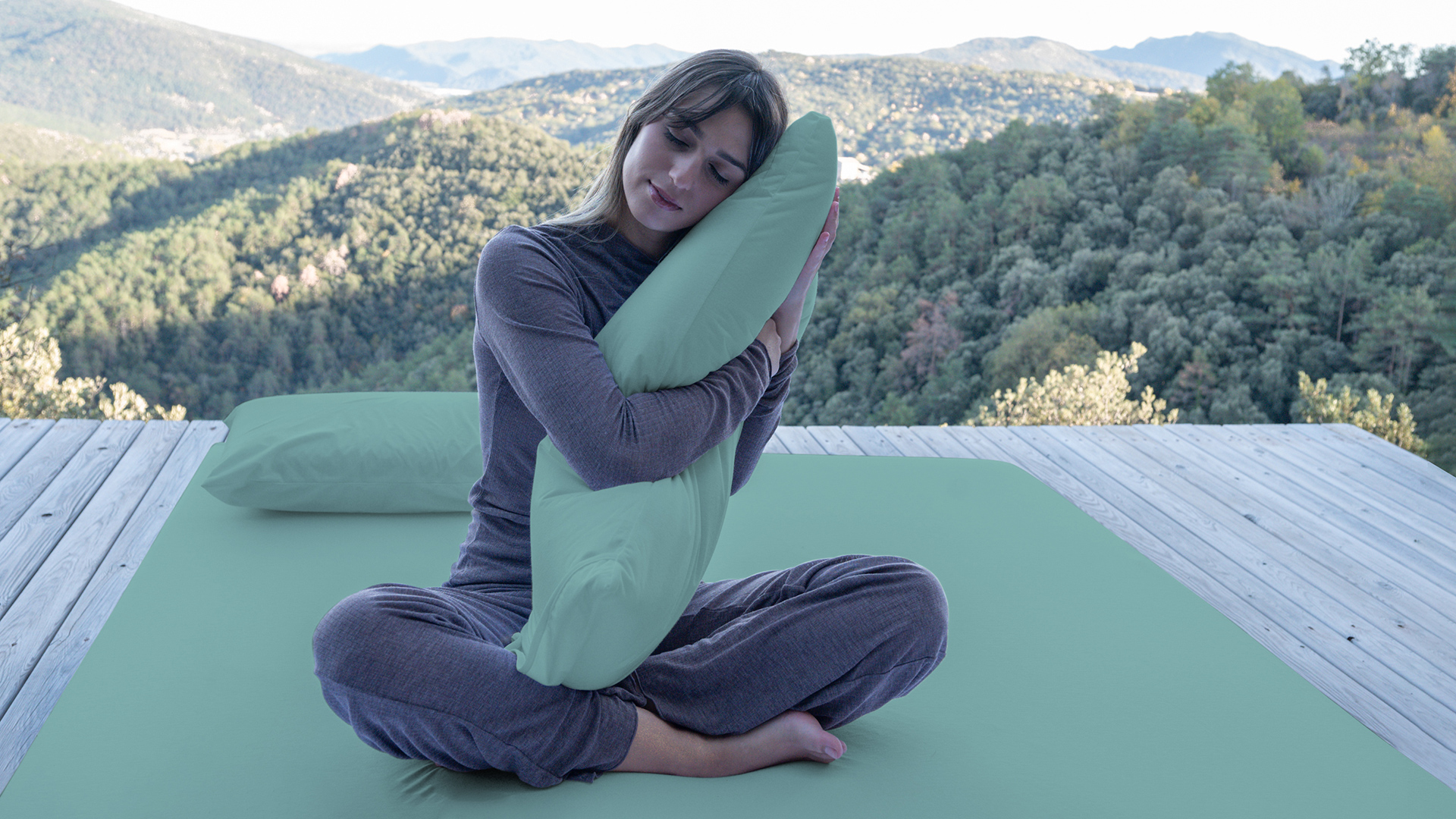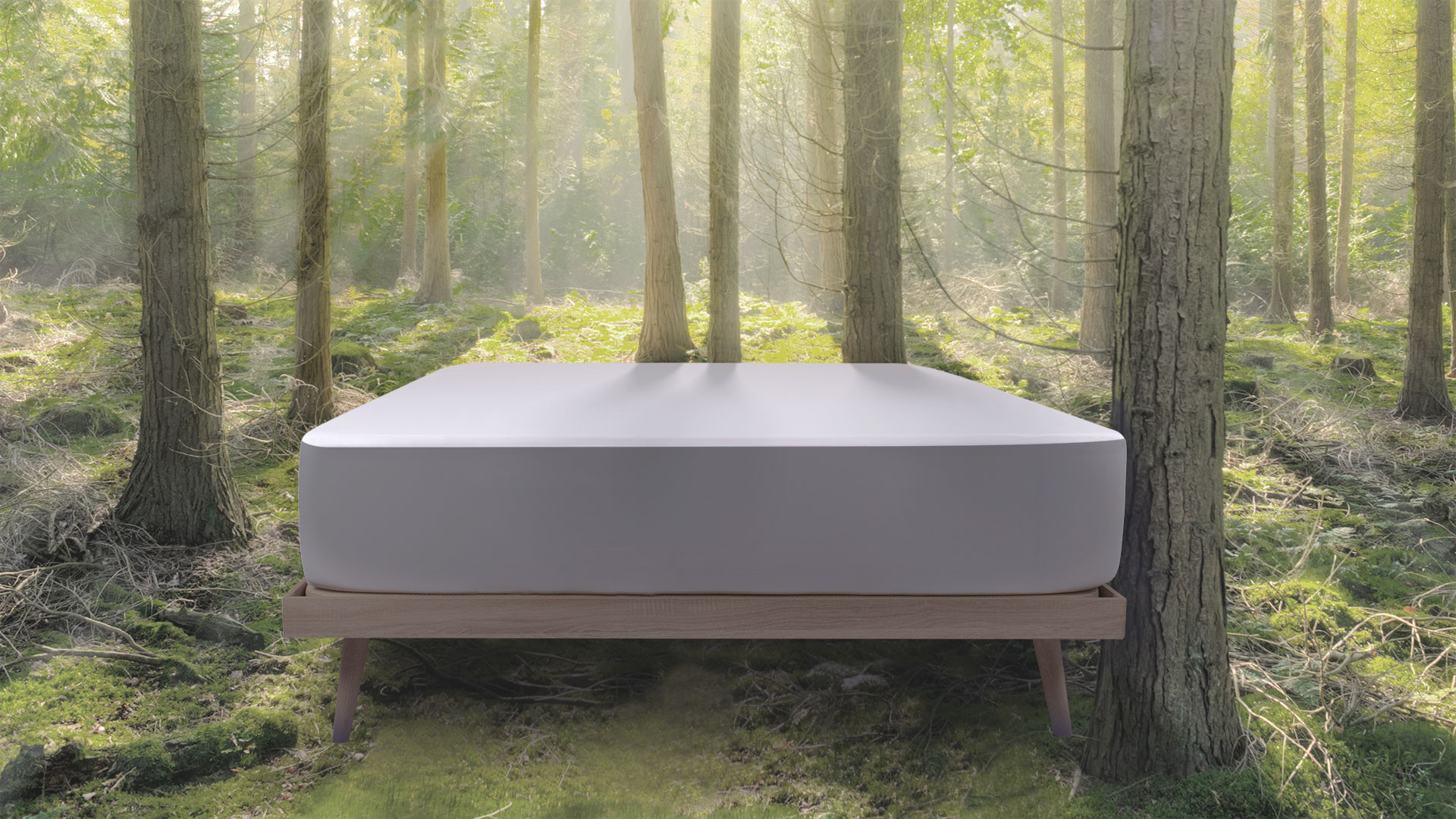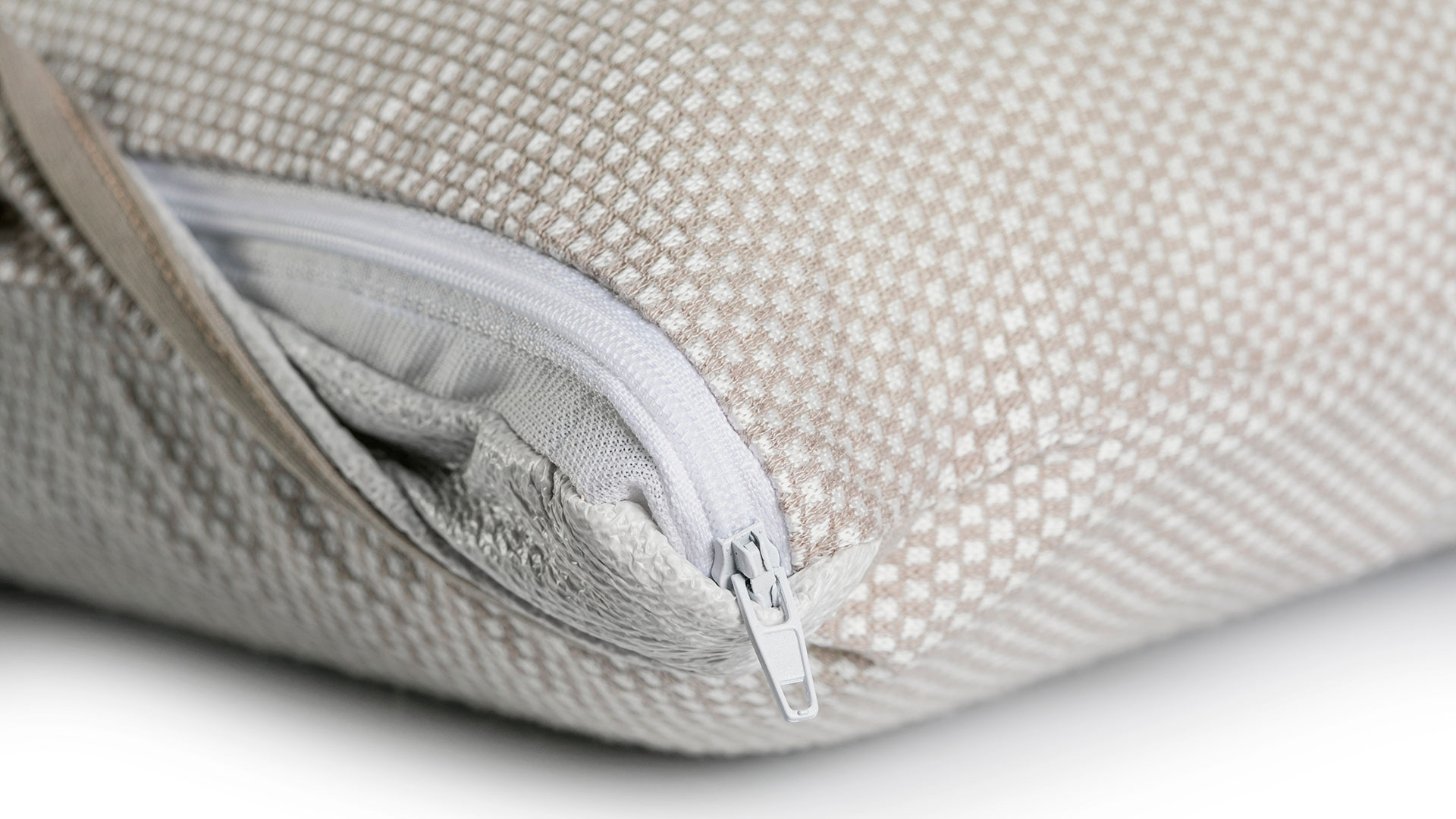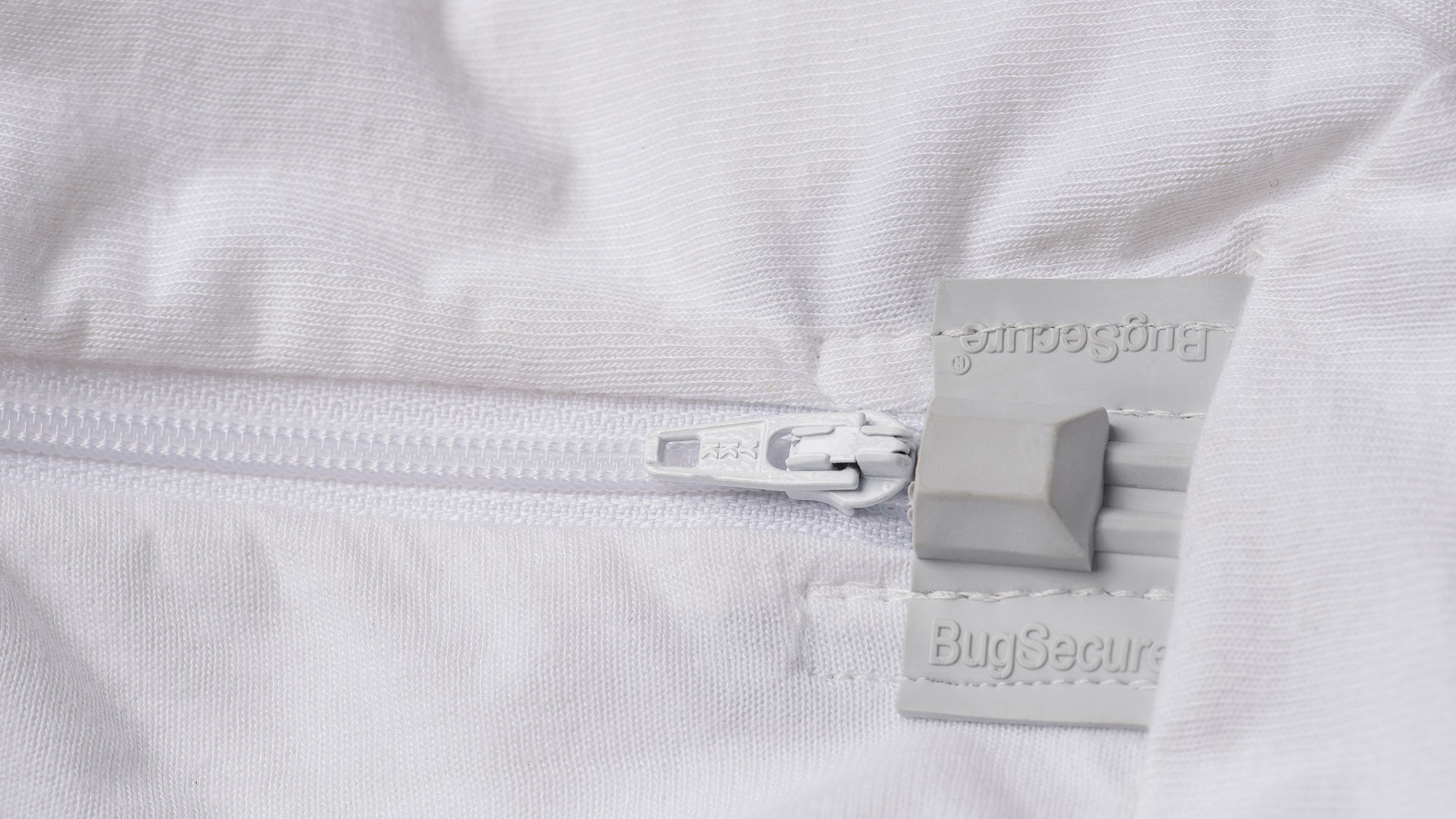News
Is your child being affected by indoor mold?
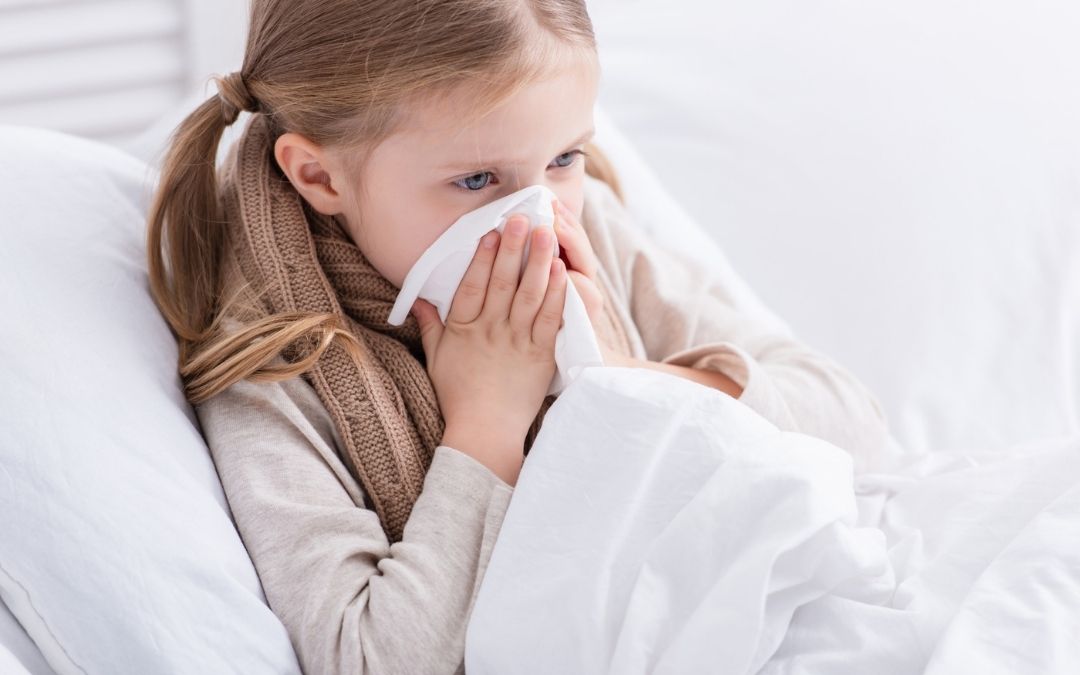
Mold is a type of fungus that’s capable of growing both indoors and outdoors. It comes in many different types and only needs water and warmth to survive in your home. While mold may only appear outside during the warmer weather, it can spread throughout your house any time of the year.
Inhaling mold spores can result in symptoms of hay fever such as coughing, wheezing, runny nose, itchy eyes, and sneezing. Up to one-third of all children are allergic to mold and the more a child is exposed to mold in the house the more likely they are of developing allergies in adulthood.
Pay attention to symptoms
It can be easy to dismiss a stuffy nose and sneezing as symptoms of the common cold, but it’s important to pay attention to whether your child’s symptoms become more noticeable in certain locations throughout the house.
For instance, children who are allergic to pollen may cough, sneeze, and get the sniffles when they’re outdoors on a warm, sunny day. However, mold may be the culprit if your child is showing signs of allergic reactions in places such as the basement or their bedrooms.
Pay attention to crib sheets
Crib sheets can also be a place where mold can creep in if your area has been recently seeing high levels of mold-spores outdoors or if your home has recently experienced flooding. When homes are flooded, it can be difficult to completely dry out the area. Moist foundation, wall panels, and wallpaper can often lead to indoor mold growth.
Materials that have been damp for over two days are typically not salvageable. This is especially true of crib sheets even with heavy-duty cleaning. Mold can build up in the fabric of your kids fitted sheets and cause allergy problems as they sleep. And because newborns sleep on average for up to 10.5 to 18 hours a day, this can be especially detrimental to their health.
Consult a pediatrician
Consult your pediatrician if you believe your child has been experiencing allergies. They may refer you to an allergist should they believe mold to be a possible cause for your child’s sniffles. An allergist will gently poke your child’s skin with a needle coated in common allergens. If your child is allergic to the allergens on the needle, they may break out into hives, which the allergist will then treat on-site.
If your home recently experienced flooding and your children’s room has been affected, be sure to clear out the room of any damp materials such as carpeting, wallpaper, and plaster to avoid mold growth. Additionally, dispose of any fabric that has been damp for over two days and consider replacing your child’s bed sheets with waterproof hypoallergenic crib sheets.


